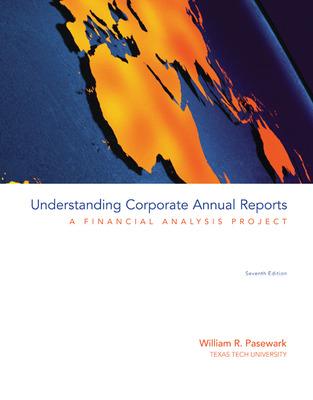Question
It was in Deyang in 1969 that I came to know how China's peasants really lived. Each day started with the production team leader allocating
It was in Deyang in 1969 that I came to know how China's peasants really lived. Each day started with the production team leader allocating jobs. All the peasants had to work, and they each earned a fixed number of 'work points" (gong-fen) for their day's work. The number of work points accumulated was an important element in the distribution at the end of the year. The peasants got food, fuel, and other daily necessities, plus a tiny sum of cash, from the production team. After the harvest, the production team paid part of it over as tax to the state. Then the rest was divided up. First, a basic quantity was meted out equally to every male, and about a quarter less to every female. Children under three received a half portion. -The remainder of the crop was then distributed according to how many work points each person had earned. Twice a year, the peasants would all assemble to fix the daily work points for each person. No one missed these meetings. In the end, most young and middle-aged men would be allocated 10 points a day, and women 8. One or two whom the whole village acknowledged to be exceptionally strong got an extra point. 'Class enemies' like the former village landlord and his family got a couple of points less than the others, in spite of the fact that they worked no less hard and were usually given the toughest jobs. `Since there was little variation from individual to individual of the same gender in terms of daily points, the number of work points accumulated depended mainly on how many days one worked, rather than how one worked."
Required: What predictable behavior do you expect the Chinese agricultural system will generate?
Step by Step Solution
There are 3 Steps involved in it
Step: 1

Get Instant Access to Expert-Tailored Solutions
See step-by-step solutions with expert insights and AI powered tools for academic success
Step: 2

Step: 3

Ace Your Homework with AI
Get the answers you need in no time with our AI-driven, step-by-step assistance
Get Started


